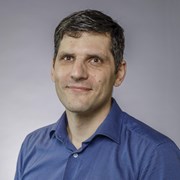Our research has primarily focused on innovative methods aimed at enhancing the efficiency of reservoir simulation by increasing the number of grid cells and, consequently, improving accuracy while significantly reducing computation time. This approach involves the implementation of various techniques, such as splitting methods for sequential resolution of pressure systems and fluid/chemical transport, multiscale methods for rapid pressure updates, enhanced nonlinear solvers for transport equations, and the utilization of diverse types of adaptive gridding.
Furthermore, we have explored the integration of higher-order discretization methods to mitigate numerical diffusion errors in both sequential and fully implicit simulations. Our findings are not only disseminated through journal papers and conference presentations but are also accessible as part of the MRST open-source reservoir simulation code .




